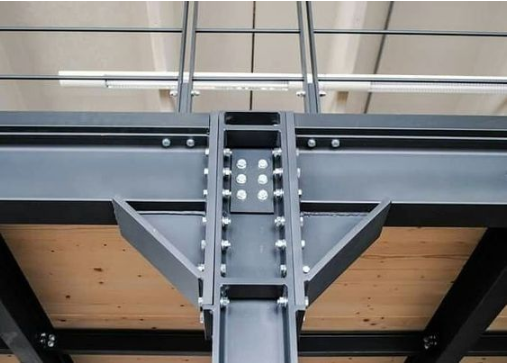Builders are always looking for ways to make structures stronger, longer-lasting, and more precise. In modern construction, metal components play a huge role in achieving those goals. Among them, metal angles have earned a trusted place in nearly every toolkit. These simple L-shaped pieces might look unremarkable, but they carry the weight of entire projects—sometimes literally. From framing to finish, metal angles bring together function, durability, and clean design.
Understanding The Importance Of Angled Support
Structural integrity often depends on the smallest components. Angled supports distribute weight more effectively, absorb pressure, and resist warping. Without these elements, framing would twist, joints would crack, and buildings would buckle under their own stress. The angled design ensures that forces are directed along predictable paths. That kind of control means fewer surprises during and after construction.
Metal Angles Offer Strength And Stability
Metal angles are L-shaped structural components usually made from steel, aluminum, or iron. They offer strength by reinforcing corners, joints, and edges, making them essential for any load-bearing task.
Their shape isn’t just for looks. The 90-degree angle provides perfect reinforcement for right-angled joints, offering additional support where two pieces of material meet. These components resist bending and twisting under pressure, which is why they’re commonly used in frames, shelves, and steel structures. Builders can trust them to keep everything aligned—even when the environment or the weight load changes.
Precision Matters In Projects That Use Metal Angles
Using metal angles ensures that the geometry of a structure remains sharp and accurate. In large-scale construction, tiny misalignments can lead to major problems. A beam that’s off by even a degree can throw off an entire floor plan.
Because metal angles are manufactured to strict specifications, they offer consistent and predictable performance. That precision allows builders to create frames and supports that line up perfectly, reducing the need for adjustments or corrections. When every measurement matters, these pieces make the job easier.
Long-Term Benefits Of Choosing Metal Angles
Durability is a big selling point. Wood can warp, plastics can crack, but metal angles stand the test of time. They resist corrosion, hold their shape under pressure, and require little maintenance.
Builders don’t just think about the build—they consider how materials will hold up over years of use. The metal angles offer a strong return on investment because they rarely need replacing. That reliability makes them a go-to choice not just during construction but also in long-term building performance.
Efficiency In Modern Building Techniques
In today’s construction world, time is money. Anything that saves time without compromising quality is a welcome addition. Metal angles contribute to that efficiency. They’re easy to handle, fast to install, and compatible with a wide range of tools and materials.
With prefabricated parts and standardized sizes, builders can cut down on measuring and cutting on-site. It’s all about streamlining without sacrificing integrity. The result is faster builds, safer structures, and smoother finishes.
Conclusion
Metal angles might not be the flashiest part of a construction site, but they’re among the most important. Their shape provides strength. Their material ensures durability. Their precision supports clean, efficient work. Builders rely on them because they work—and keep working—long after the project is finished. In a field where every joint, edge, and beam matters, metal angles help hold it all together.

